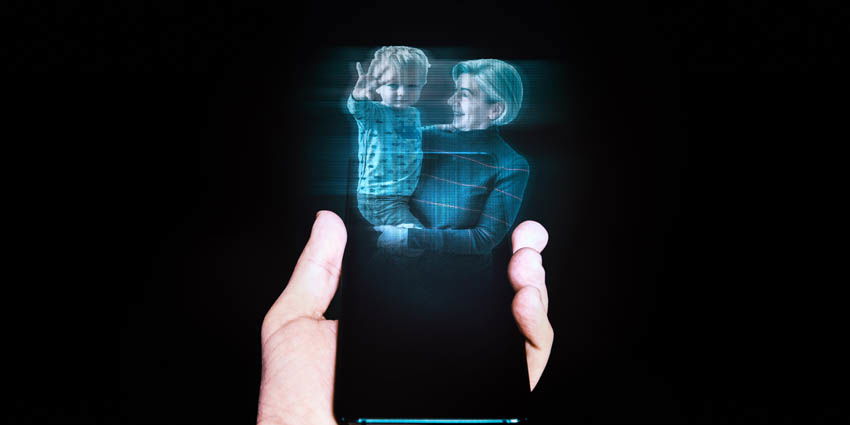
RORY GREENER
This week, the government-funded Korea Institute of Science and Technology (KIST) announced groundbreaking research for a photodiode device to streamline holographic visualisations.The new device enables digital cameras to display 3D holographic augmented reality (AR) imagery without the need for additional peripherals.Dr Min-Chul Park and Dr Do Kyung Hwang of the Center for Opto-Electronic Materials and Devices, is leading the research team with help from Prof Seongil Im, Department of Physics at Yonsei University.Together, the team is developing a polarization-sensing device that displays 3D digital holograms with pre-existing 2D semiconductor materials.This allows any ordinary digital and smartphone cameras to integrate KIST’s ‘photodiode’ technology to accurately place holograms in a real-world environment.KIST researchers have developed a powerful AR device that can detect near-infrared light and visible light sources that were previously undetectable.Photodiode diagram PHOTO: KISTWhat makes the KIST camera stand out, aside from its powerful specs, is its lightweight design and small form factor that allows camera manufacturers to easily integrate the device into modern digital photography hardware.In a statement, Dr Hwang said,
“The results of our research will lay the foundation for the future development of miniaturized holographic camera sensor modules, […] opening up new opportunities in various fields such as 3D night vision, self-driving, biotechnology, and near-infrared data acquisition for analyzing and restoring cultural assets”
Thanks to KIST’s research, AR holographic hardware can become smaller. Currently, many holographic solutions require head-mounted devices or desktop computers to stream real-time 3D (RT3D) AR holograms.
The news come after leading 5G agency Nonvoice partnered with volumetric video firm Omnivor to create AR-driven holographic content for smartphone users.
Using Holograms in 2022
With the rise of augmented and mixed reality (AR/MR), more holographic hardware and software solutions appear.Going into 2022, companies can choose from a wide selection of enterprise-grade AR holographic solutions to enhance and streamline professional workflows.For example, innovators at Brainlab created an MR viewer that enables shared holographic interactable assets to improve healthcare workflows and remote guidance.Additionally, San Jose, California-based firm Cisco is working hard on Webex Hologram, an MR hybrid work solution designed for Microsoft HoloLens 2 and Magic Leap headsets.RT3D content leader Unity is offering VisualLive, a software solution that empowers workers with accurate holographic visualisations. Unity designed its AR solution to avoid miscommunication and inaccuracy within manufacturing environments.Last year, US tech startup Campfire 3D debuted its own easy-to-use desktop holographic solution designed to introduce AR workflows to employees with any level of AR experience.


